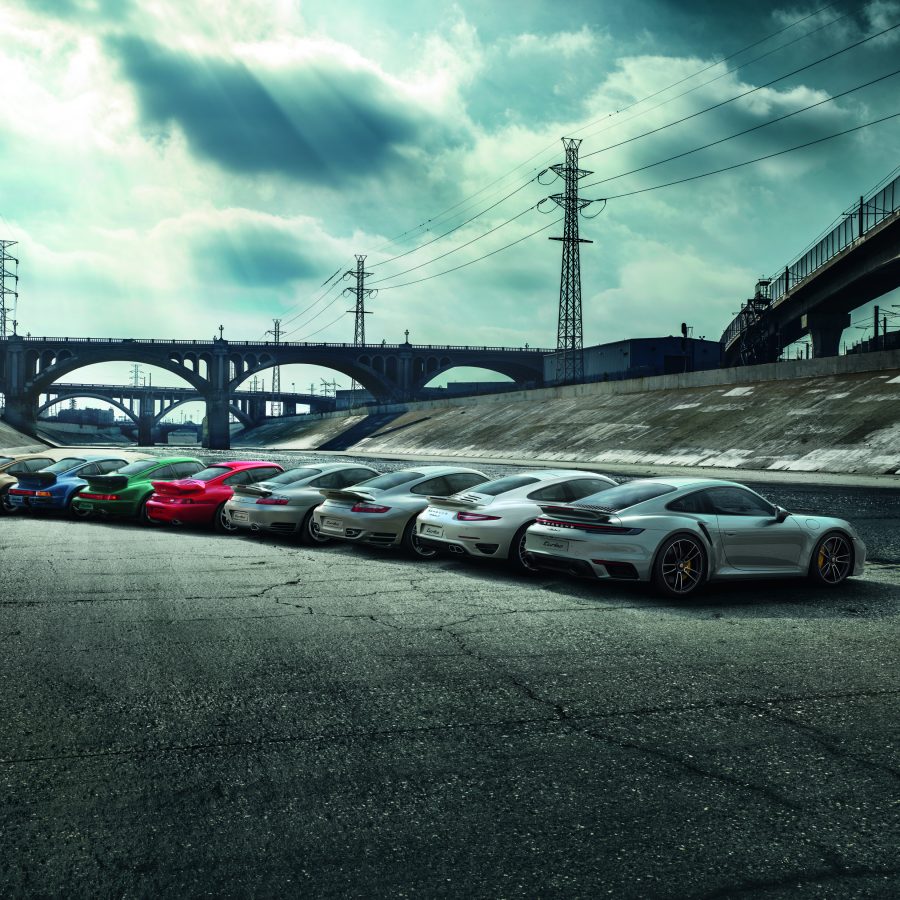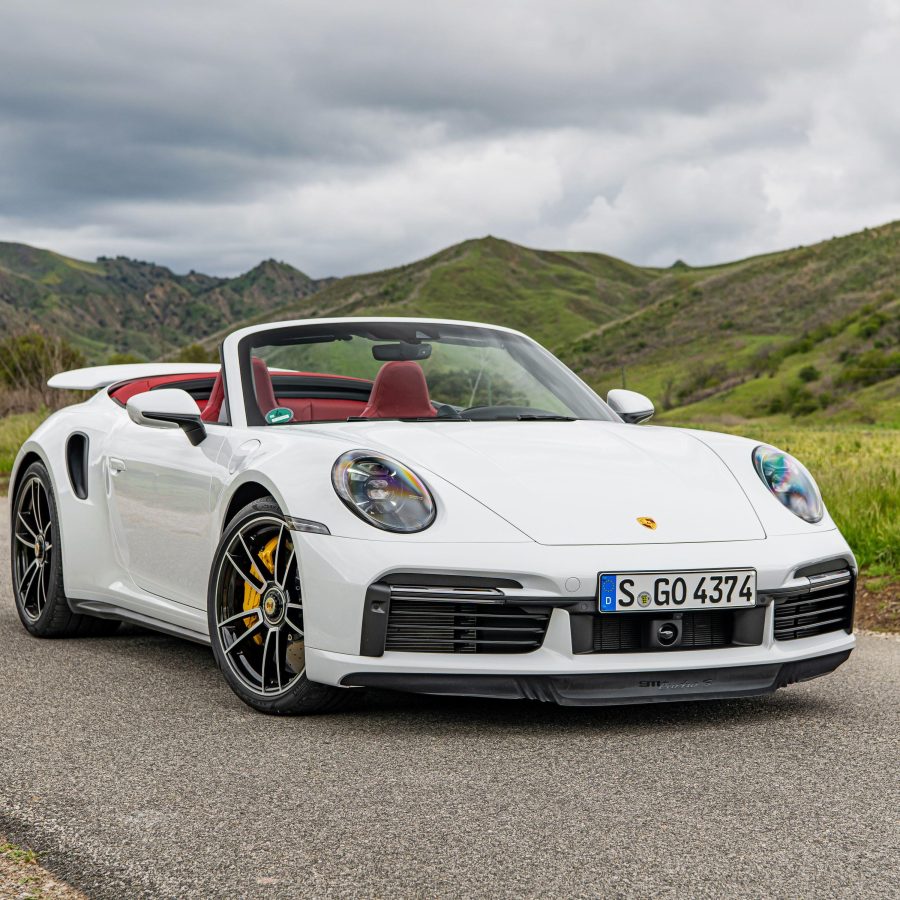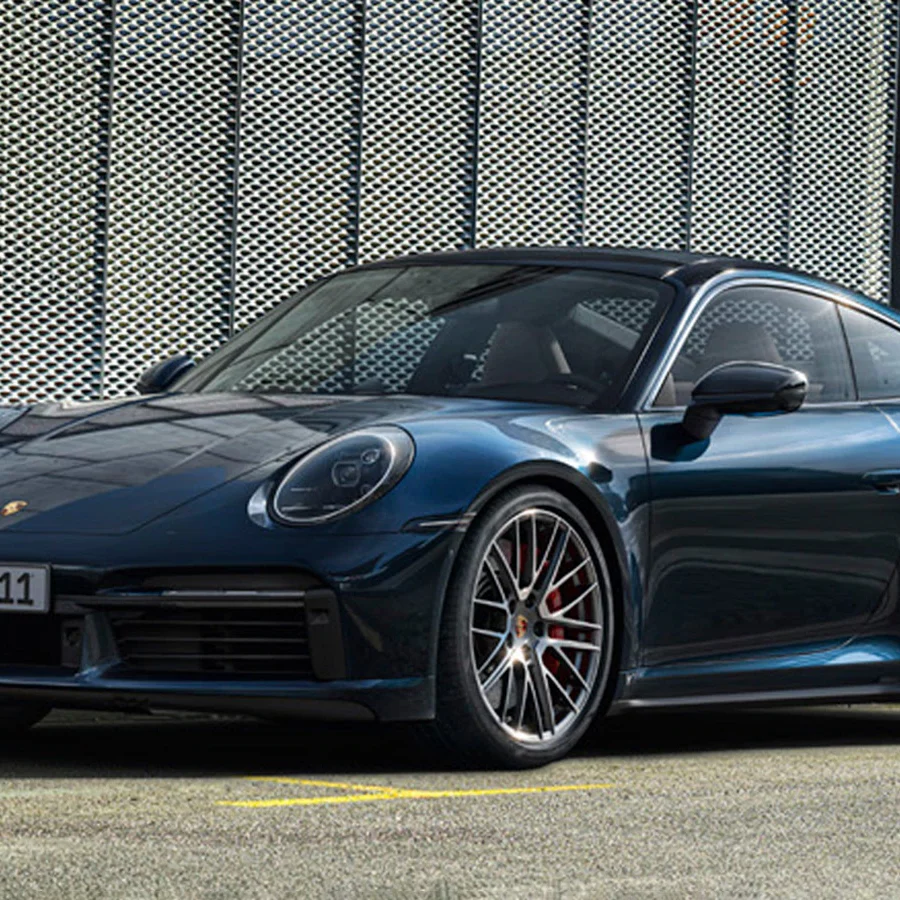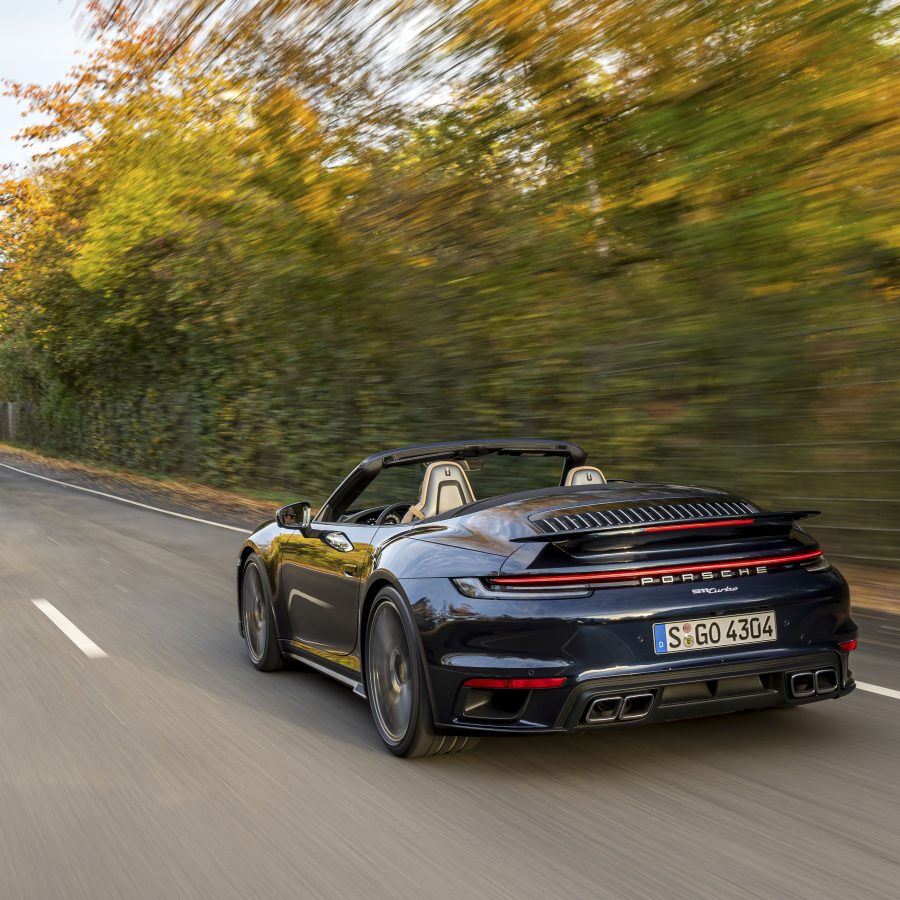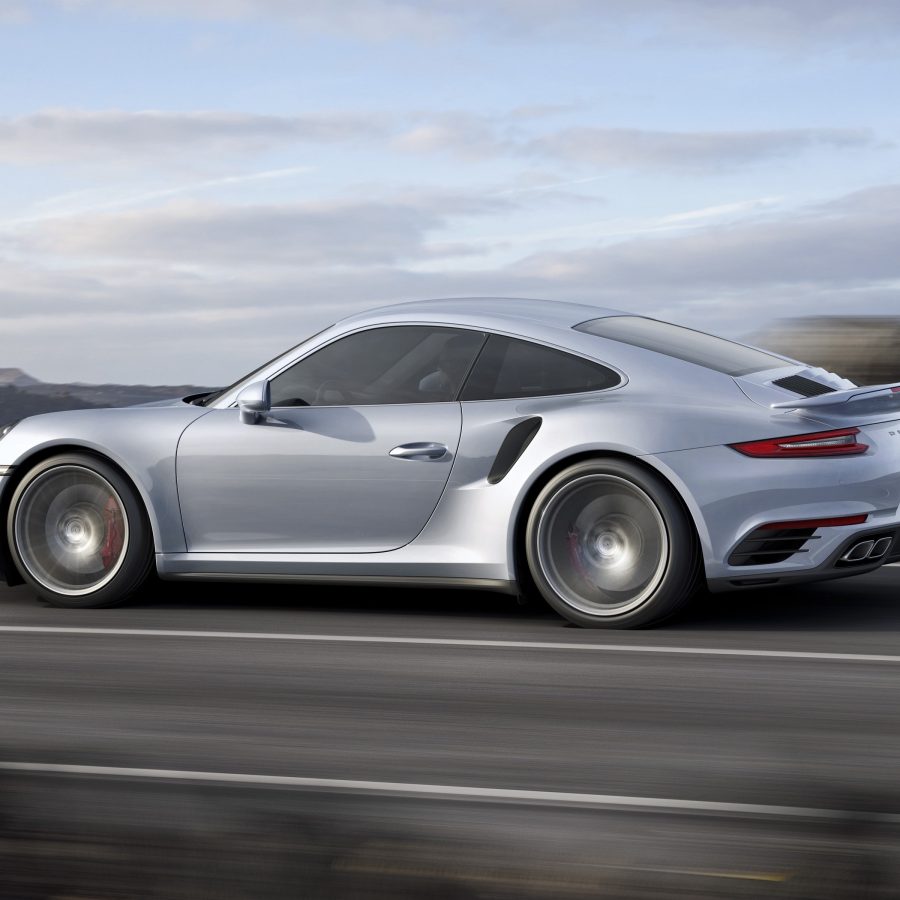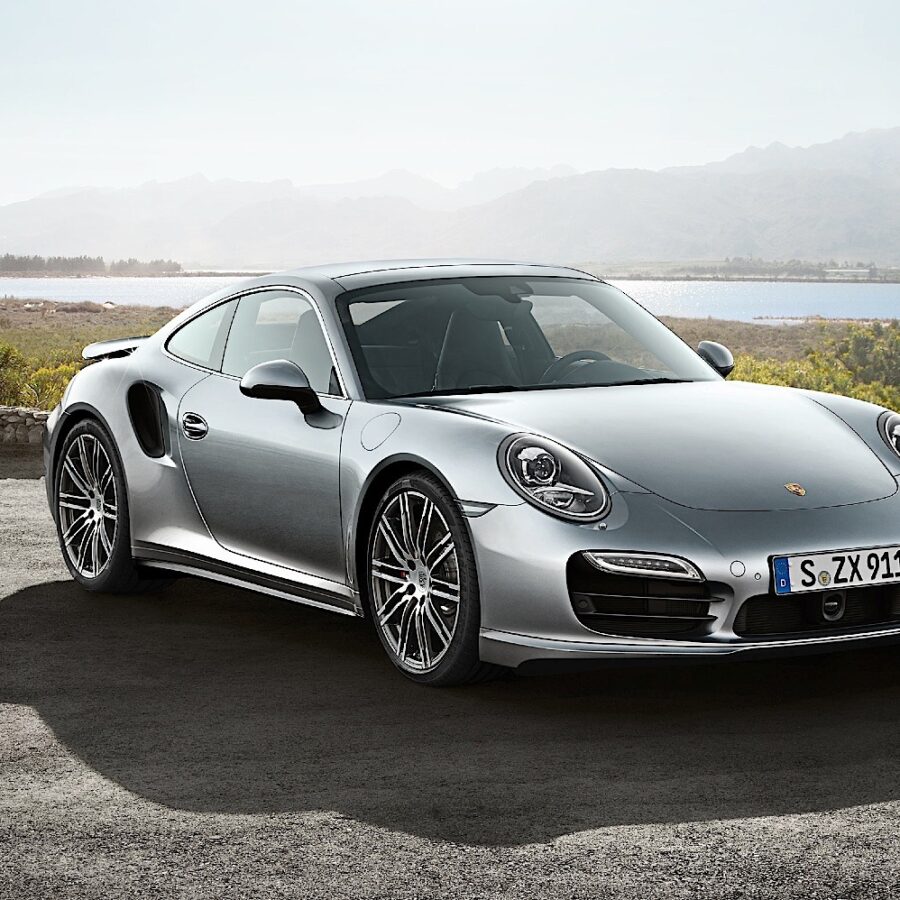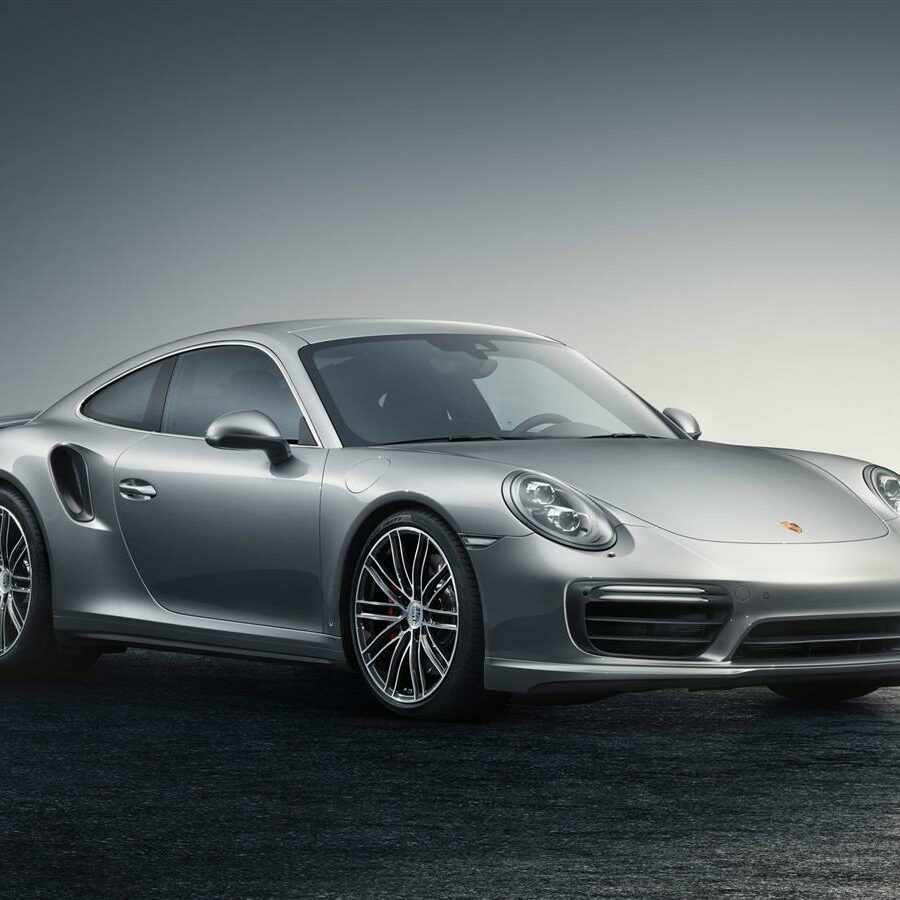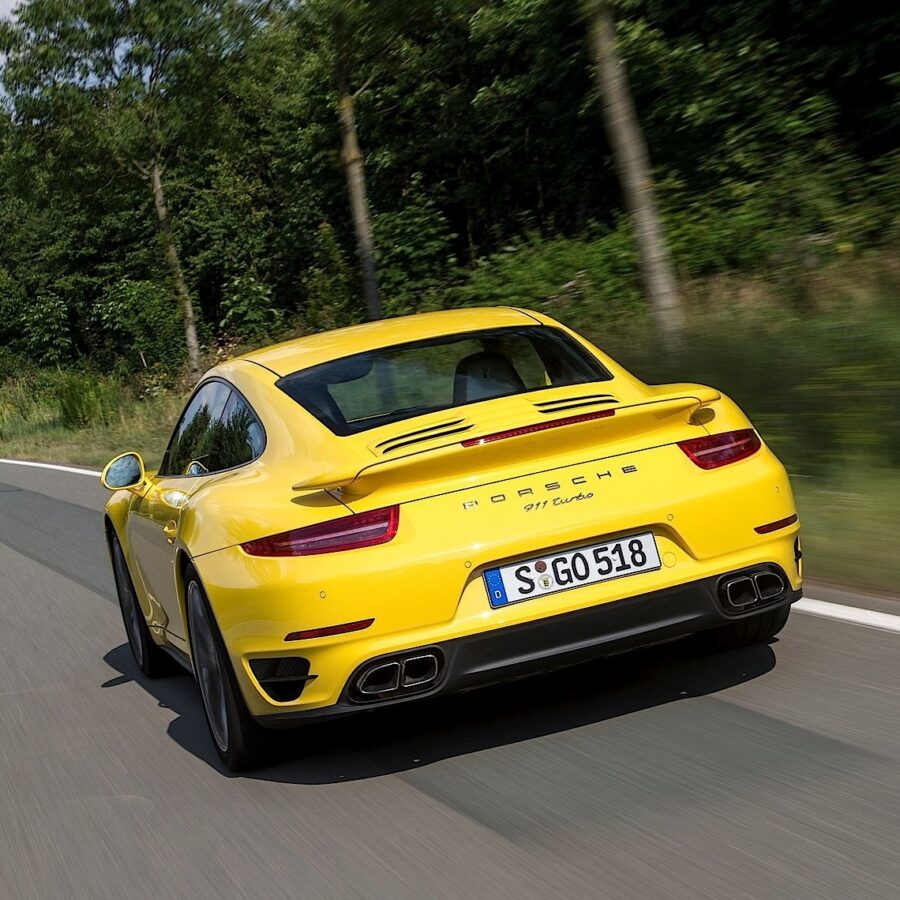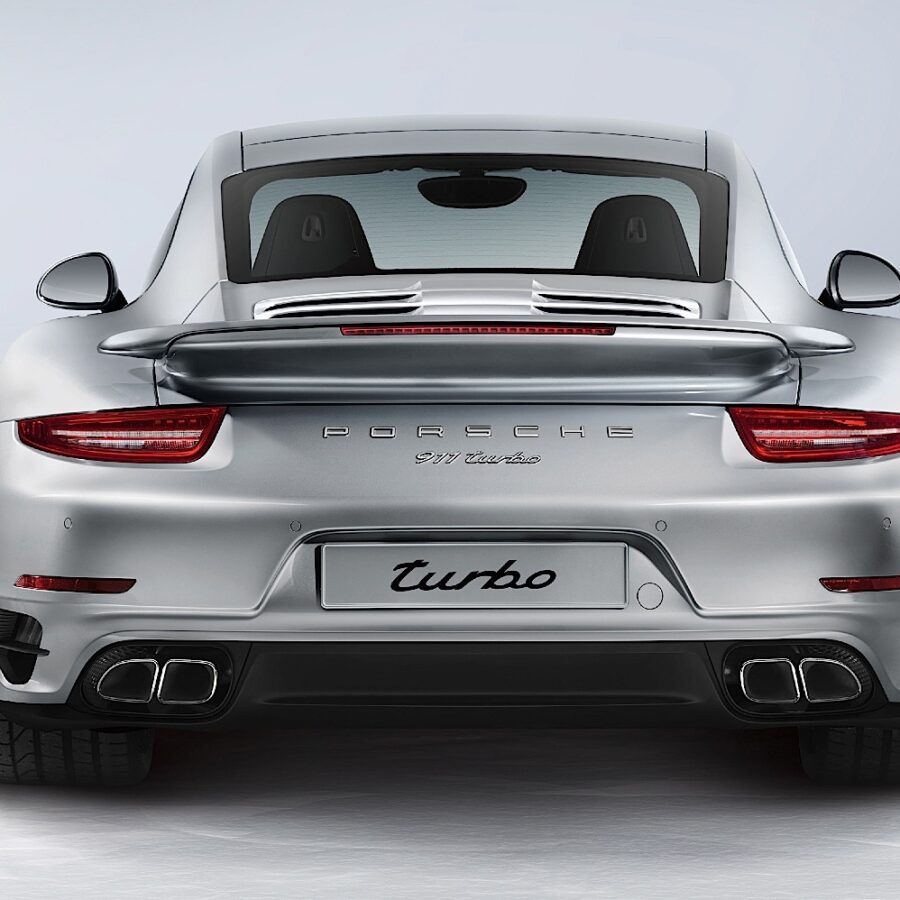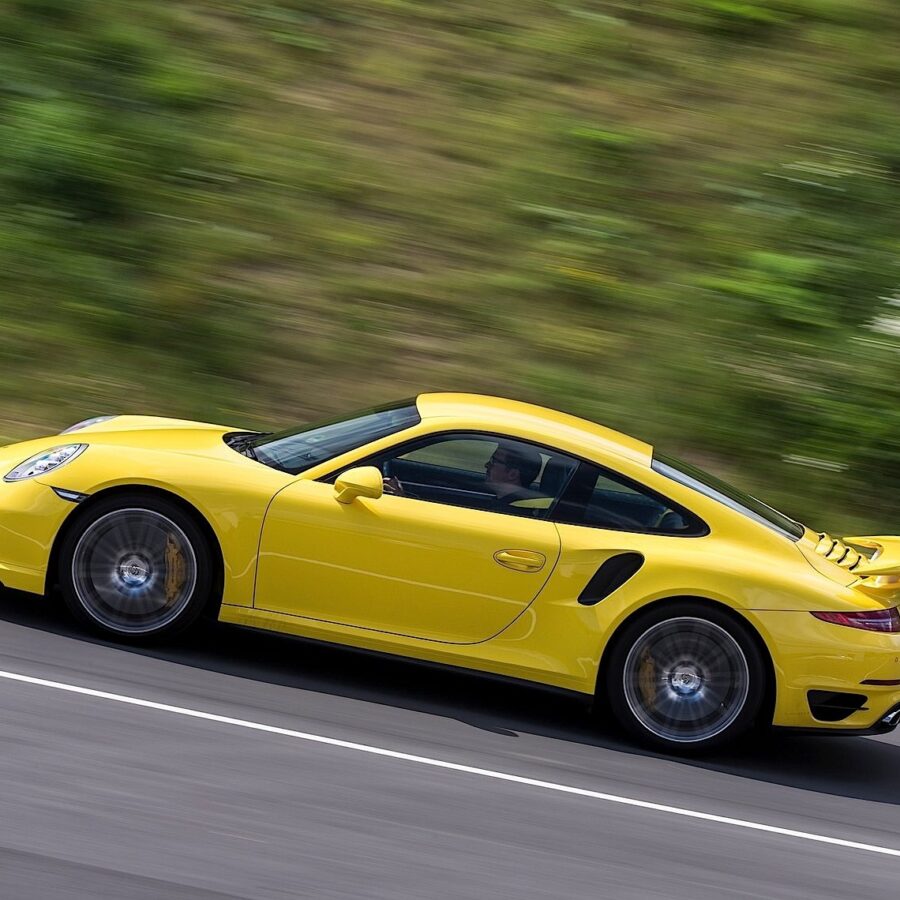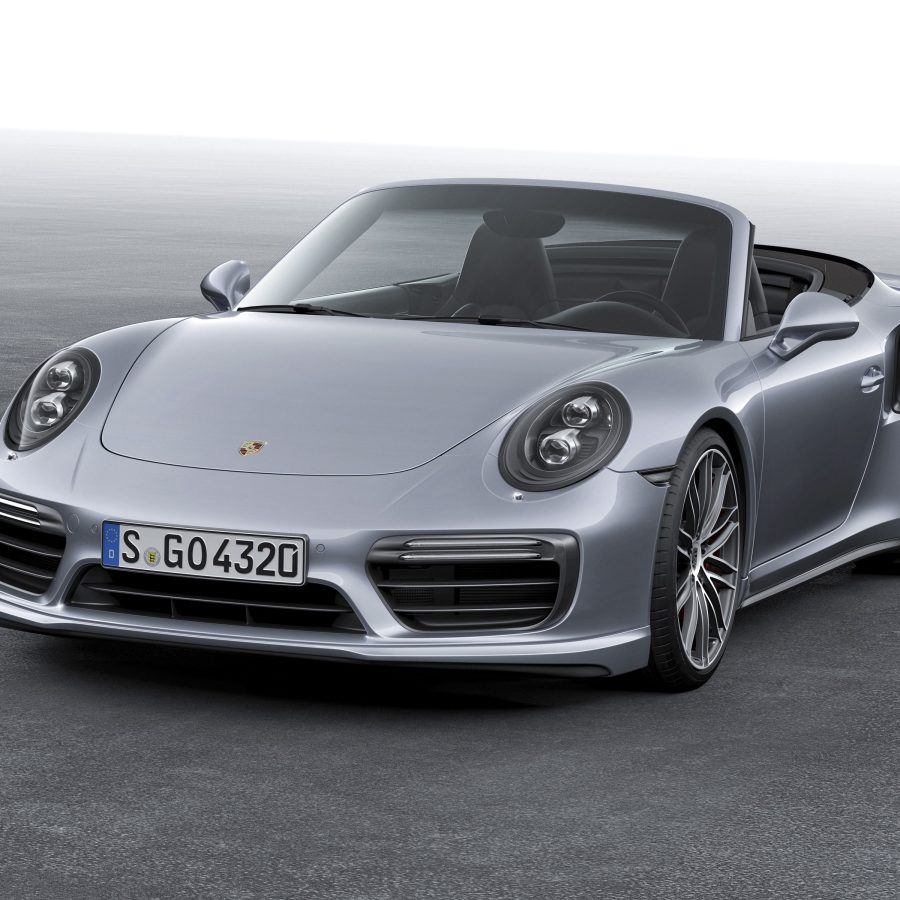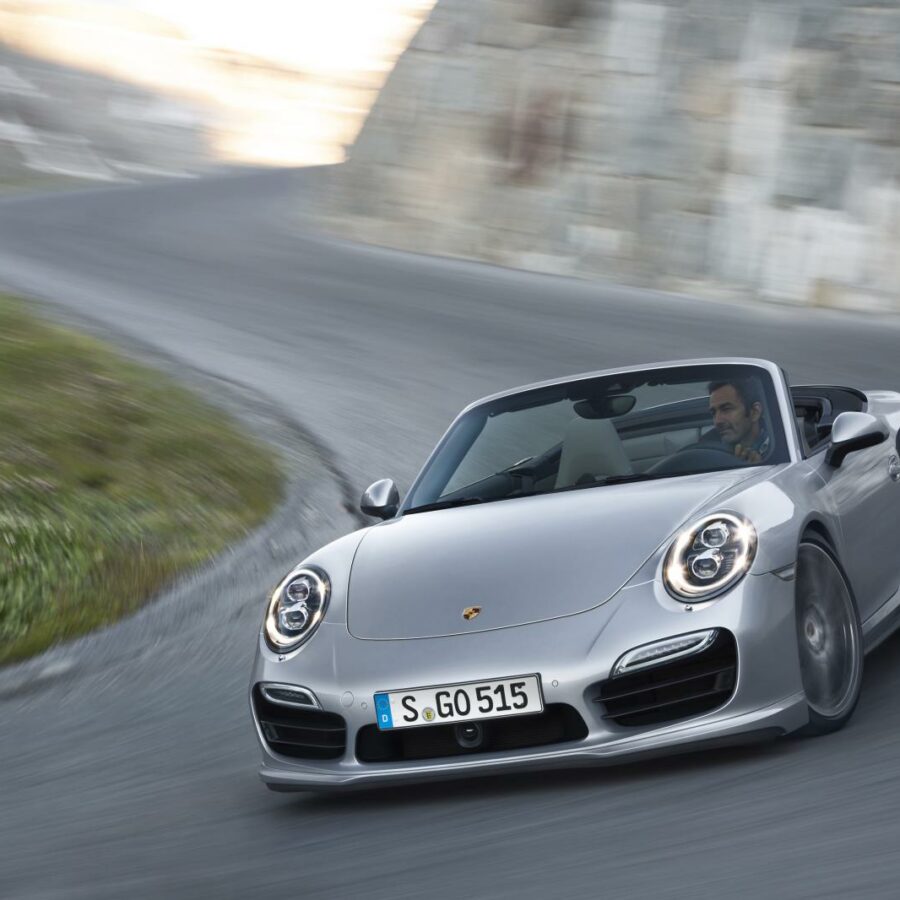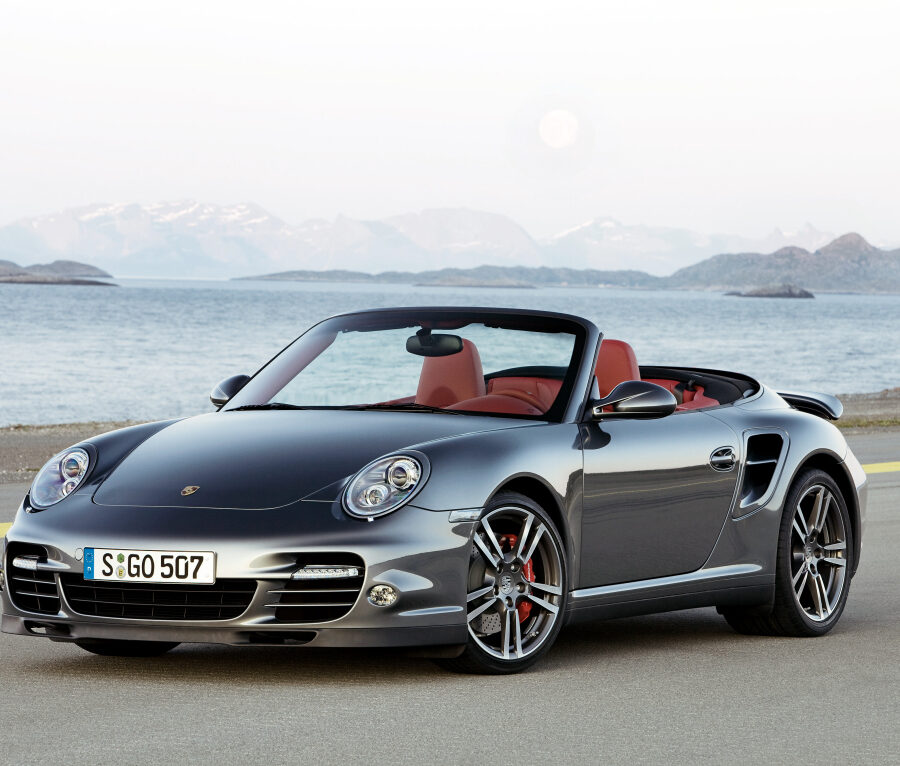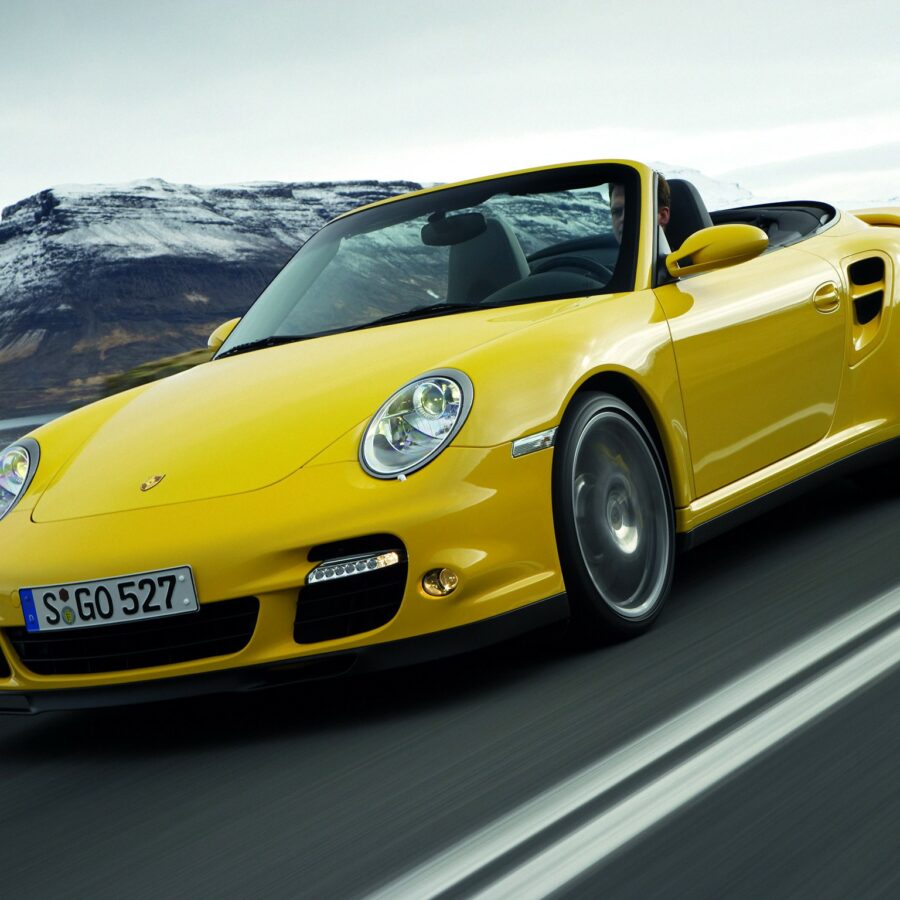Turbo vision: a revolution in engine construction
The revolution in engine design secured Porsche race victories in the 1970s and beyond
Beyond Performance: 50 Years of Porsche Turbo
New exhibit at the Porsche Museum
1988 PORSCHE 930 TURBO SLANTNOSE
3.3L, 4-Speed, 1 of 145, up for auction
Porsche 911 Turbo Cabriolet (992) (2021 – Present)
All-wheel drive. Cabriolet Body. Supercar Performance. What's Not to Like.
Porsche 911 Turbo Coupe (992) (2021 – Present)
You know the world is ok when the "entry level" 911 Turbo hits 0 - 60 mph in just 2.7 seconds.
Porsche 911 Turbo Cabriolet (991.2) (2017 – 2019)
Open top driving has never been this fun...or scarily fast
Porsche 911 Turbo Coupe (991.2) (2017 – 2019)
0 - 60 mph in 2.9 seconds. Top speed of 198 mph. This is one insanely fast Porsche GT
Porsche 911 Turbo Cabriolet (991) (2014 – 2016)
Open Top Driving Has Never Been So Fast & Easy
Porsche 911 Turbo Coupe (991) (2014 – 2016)
The new 911 Turbo has even more power and more electronic systems. The perfect GT.
Porsche 911 Turbo Coupe (997) (2007 – 2009)
473 bhp! 460 ft lbs! 3.6 second 0-60! The Ultimate Super-GT


